The Bushveld Complex and the Vredefort Dome

After the Transvaal Supergroup came the Bushveld Complex, formed when a huge amount of molten rock was pushed from the Mantle into the upper reaches of the Transvaal Supergroup.
This injection of rock into the easily-eroded sediments of the Transvaal Supergroup formed a layered igneous rock complex that covers an area of 60 000 square km’s, making it the largest in the world. The Bushveld Complex also just happens to contain 80% of the world’s Platinum. Yay for us! But it wasn’t all fun and games. About 2 billion years ago, a major meteorite slammed into the ground about 120k’s south-west of Joburg. It hit so hard that the rock was lifted up, 10km’s above its original position.
The result was the Vredefort Dome, the largest and earliest-known meteorite impact site on Earth (originally measuring up to 250 km from side to side, although much of this crater has now been filled in). This impact also conveniently buried the gold deposits that were, at the time, lying close to the surface, thus protecting them for future exploitation.
But the Vredefort Dome was not always considered an impact structure and, over the years, various proponents put forward their own theories. However, a recent study has cleared things up a bit, and the controversy about the origin of the Dome seems to have been settled by those feisty geologists.
Although I am still unsure how an impact can create a dome and not a crater, I have to bow to the superior knowledge of my betters and declare that a meteorite done it after all!
By David Fleminger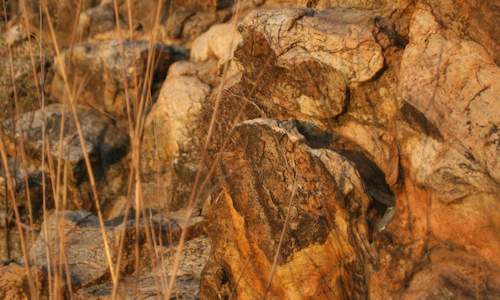 Over several hundred million years, the Earth began to cool down somewhat and the celestial bombardment diminished, probably because many of...
Over several hundred million years, the Earth began to cool down somewhat and the celestial bombardment diminished, probably because many of...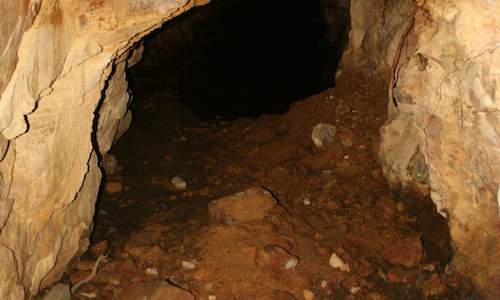 Dietz also predicted that shattercones would be found in the Vredefort Dome, which a South African geologist duly described a year later. Di...
Dietz also predicted that shattercones would be found in the Vredefort Dome, which a South African geologist duly described a year later. Di...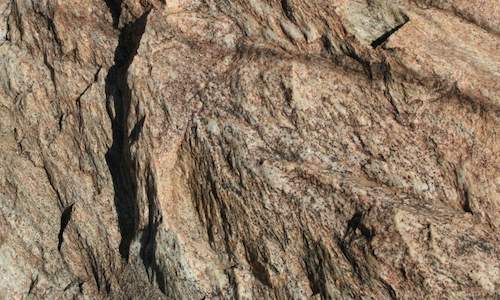 It is thought that the sediments of the Dominion group were deposited about 3.07 billion years ago, in a rift valley that was formed when th...
It is thought that the sediments of the Dominion group were deposited about 3.07 billion years ago, in a rift valley that was formed when th...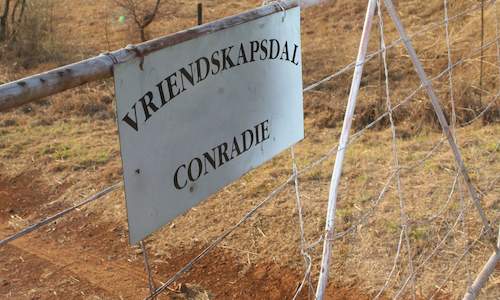 What if something really big came thundering towards Earth? What would happen if a bolide measuring 10 or even 100 kilometers across smashed...
What if something really big came thundering towards Earth? What would happen if a bolide measuring 10 or even 100 kilometers across smashed...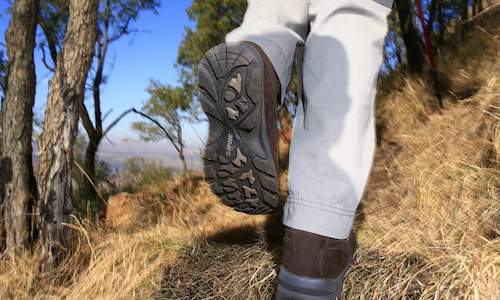 The first detailed geological investigation of the dome, carried out in 1925, came to the conclusion that the dome had been caused by a giga...
The first detailed geological investigation of the dome, carried out in 1925, came to the conclusion that the dome had been caused by a giga...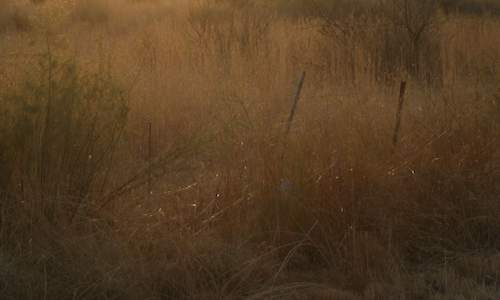 At the time of the impact, the ground level was much higher than it is today and, over the past 2 billion years, the Vredefort dome structur...
At the time of the impact, the ground level was much higher than it is today and, over the past 2 billion years, the Vredefort dome structur...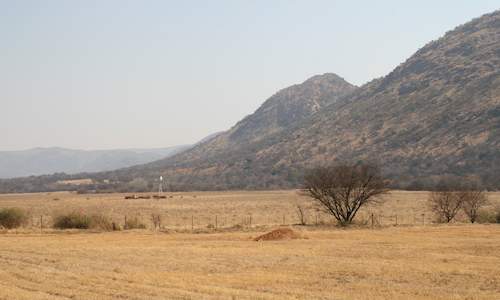 The unusual geological characteristics of the Vredefort Dome had been noted by scientists as early as 1878. Something momentous had clearly ...
The unusual geological characteristics of the Vredefort Dome had been noted by scientists as early as 1878. Something momentous had clearly ...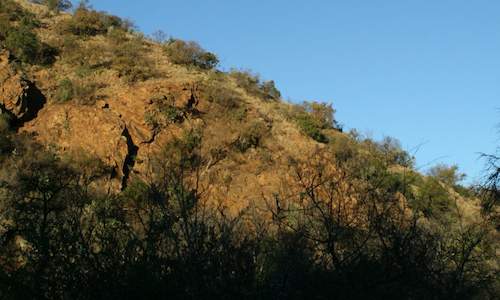 The point of impact was near the modern-day town of Vredefort, about 120 kilometers to the south-west of Johannesburg, and the consequences ...
The point of impact was near the modern-day town of Vredefort, about 120 kilometers to the south-west of Johannesburg, and the consequences ...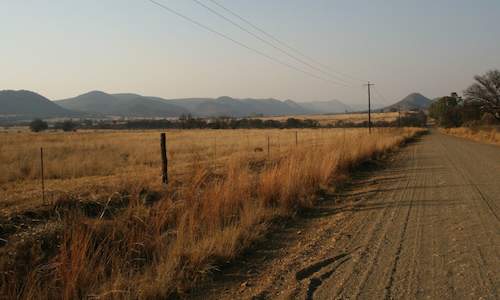 The connection between the gold fields and the Vredefort impact explains a couple of things. Firstly, it helps us understand why the gold mi...
The connection between the gold fields and the Vredefort impact explains a couple of things. Firstly, it helps us understand why the gold mi...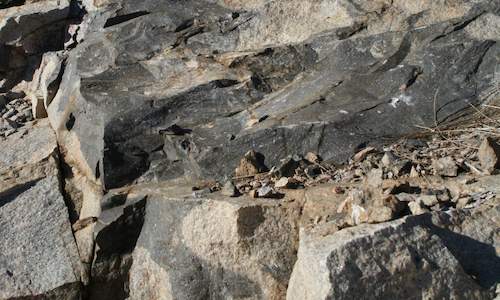 Apart from the Vredefort crater, the colossal impact event left behind many other traces, recorded in the rocks. These features have been fo...
Apart from the Vredefort crater, the colossal impact event left behind many other traces, recorded in the rocks. These features have been fo...